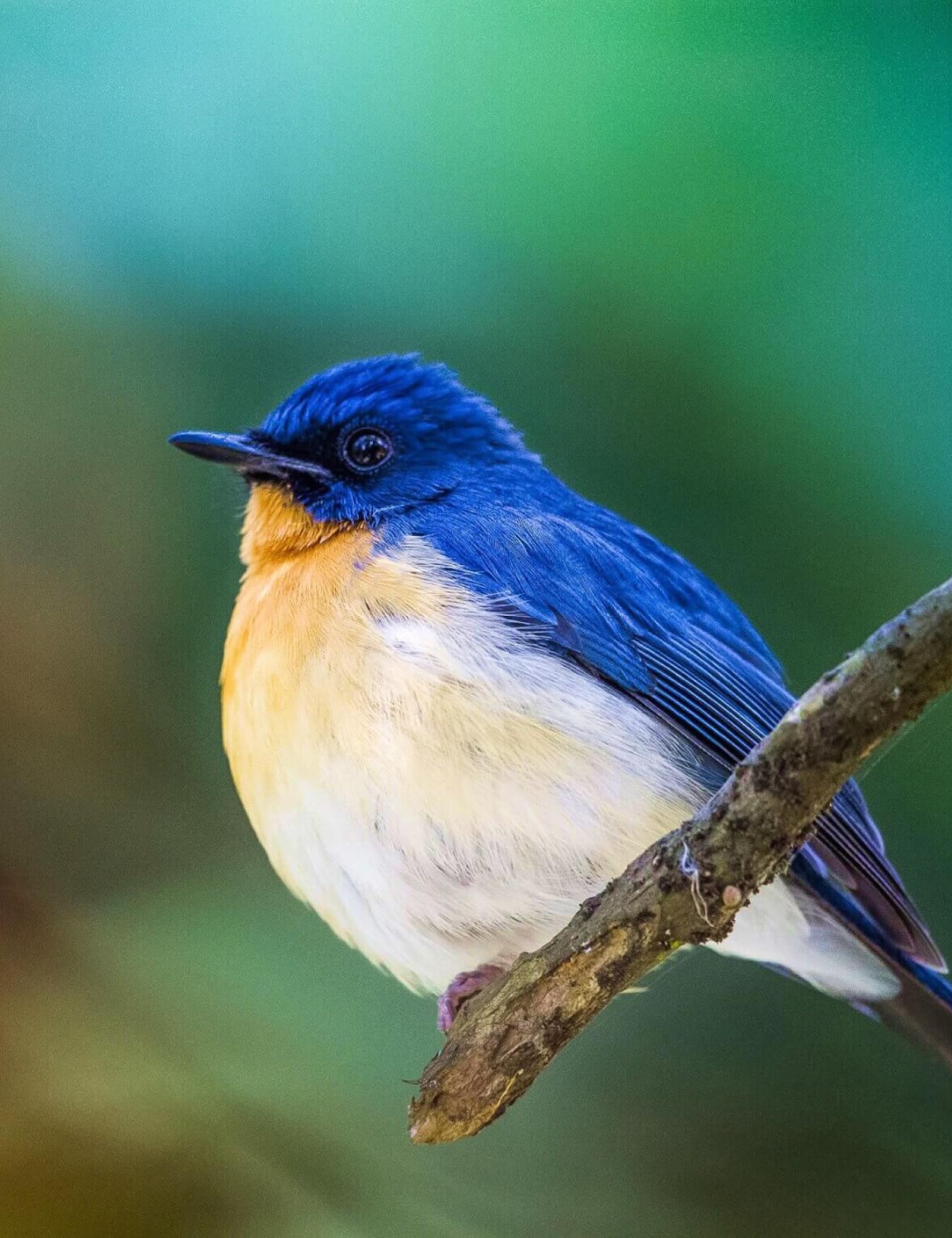Overview
In West Bengal, India, there is a national park, tiger reserve, and biosphere reserve called the Sundarbans National Park. It is a piece of the Sundarbans on the Ganges Delta and is close to Bangladesh’s Sundarban Reserve Forest. To the southwest of Bangladesh is where it is situated. The delta is one of the biggest habitats for Bengal tigers and is heavily covered with mangrove woods. Numerous bird, reptile, and invertebrate species live there as well, including saltwater crocodiles. The current Sundarban National Park was designated as a wildlife sanctuary in 1977 and the central portion of the Sundarban Tiger Reserve in 1973. It was designated a national park on May 4th, 1984. It was listed as a UNESCO World Heritage Site in 1987 and has been a Ramsar site since 2019. Since 1989, it has been regarded as a member of the World Network of Biosphere Reserves (Man and Biosphere Reserve).
The tiger moves across Sundarban National Park in West Bengal with unmatched grace and stealth. The sound of motor boats and the lovely singing of birds break the silence, which is damp and moist. The greatest mangrove forests in the world contain a complex network of streams and tributaries. They cross paths occasionally and then diverge at other times. They provide boat riders who are tourists their money’s worth when they cross them. The saltwater crocodile and large cat follow every move you make, even though you are oblivious to their presence. Look up sometimes, though, as the trees occasionally move. Many bird species call this area home, including whistling teals and brahminy kites.

Best Time to Visit
The months of November through March are the ideal times to visit Sunderbans. The ideal conditions for seeing tigers and other wildlife are created by the excellent weather at this time. You can also go there throughout the summer, which runs from April to July. However, keep in mind that with an average temperature of 43°C during this period, it can get very hot. The heat can be very uncomfortable for many tourists, but if you can handle it, it shouldn’t be a problem for you. The Sundarbans are best avoided during the monsoons because the majority of the places are submerged and boat rides are practically impossible.
Park Closure
Open: All Year Around
Safari Options: Boat Safari Only

Fauna
The Sunderbans offer a unique ecosystem and a rich wildlife habitat. The star highlight of the Sunderbans is the endangered Royal Bengal Tiger. Surrounded by mangroves, the Sunderbans offer habitat to a variety of species like crabs, small fishes, crabs, shrimps, and more.
Other than these, one can spot fauna like wild boars, fishing cats, macaques, common grey mongooses, foxes, jungle cats, flying foxes, pangolins, and spotted deer at the Sunderbans. The Sunderbans is an important wintering area that attracts migrant water birds. The area of the Sunderbans is very suitable for watching and studying avifauna.
Flora
The Flora in Sunderbans consists largely of Mangrove Forest, which has uniquely adapted itself to this marine ecosystem. The concourse to Sunderban is soggy because it is located in the World’s biggest Delta formed by the mighty Ganges and Brahmaputra. Renowned for its splendid Mangrove Forest, where one may discover the elegant Sundari trees, one of the Mangrove Variety.
The forest in the Sunderbans mainly consists of Saline Water Type Mixed Forest, Tidal Swamp Forest, Brackish Water and Palm Forests. In general 64 various species of Flora has been discovered in the deltaic Sunderbans. They have the capability to withstand the estuarine setting and brackish deluge of the tidal effects.

How to get there ?
By Air
By Rail
By Road
Partner Camps
Related Tour
No related tour found for this destination




